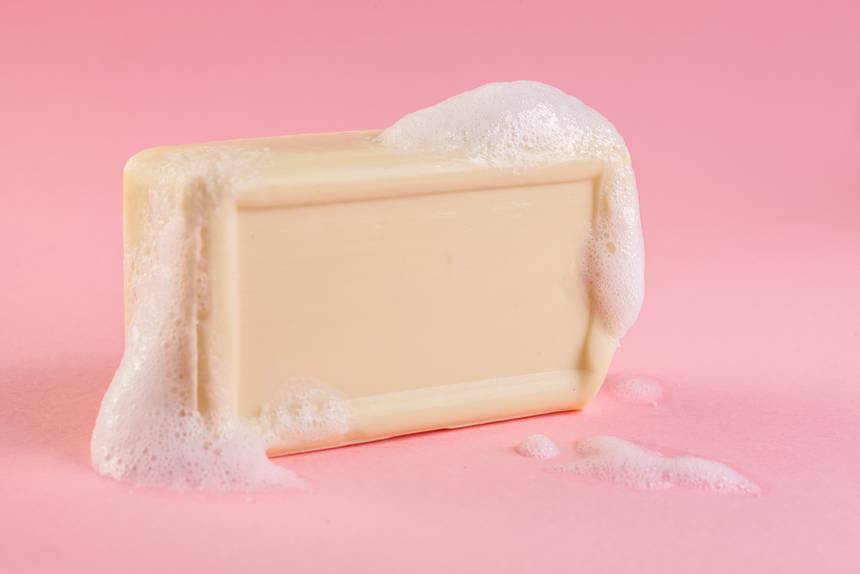Sales of bar soap had been sadly slipping, but now shoppers are wising up to its many benefits.
It wasn’t all that long ago that I was lamenting the sad slippery slope of bar soap. I concluded that the demise of the humble soap bar was about misguided fear (of germs) and the unfortunate convenience of liquid soap (and all its wasteful plastic packing). “As we are continually proving our preference for things we can throw away instead of having to actually clean,” I wrote, “we are, in the end, making a much bigger mess.”
Between 2014-15, sales of bar soap fell 2.2 percent compared to an overall market growth of 2.7 percent.
But now, following decades of decline, bar soap appears to be back in the game. Sales of bar soap have climbed by nearly 3 percent over the past year, according to data research by Kantar Worldpanel. And sales of bar soap grew faster than both liquid soaps and shower products over the period.
“For the first time this century,” Kantar Worldpanel’s strategic insight director, Tim Nancholas, said, “barred soap is making a return.”
Seriously, this really is cause for celebration. Sometimes shifts in consumer behavior are so slow that we fail to notice until the transition is complete. Think about bottled water – at first a few people were seen sporting glass Perrier bottles around, then some plastic options started showing up … and then before you know it, Americans are drinking more than 42 gallons of bottled water a year. We may not have consciously thought, hey, I don’t see much bar soap anymore … but then all of a sudden one day, it’s “Remember bar soap? I wonder whatever happened to that stuff?”
But thankfully, the grubby masses have opened their eyes! And why am I prattling on about bar soap? Because of these numbers, which I crunched in my previous post on the topic:
“If we consider that $2.7 billion was spent on liquid body wash alone in 2015 – even if we randomly (and generously) assign a cost of $10 per bottle – that’s 270,000,000 plastic bottles with pump parts that end up in the waste cycle. And remember that’s just body wash.”
While some people refill their dispensers and create less waste, it’s still decidedly more plastic than the paper wrapper of a bar of soap. (And by the way, Castile liquid soap like Dr. Bronner’s does not earn the same disdain – that stuff is a great cleansing option.)
Also consider this, as John Brownlee at Geek.com points out: “Since bar soap takes out the water from the soap, it concentrates it to its essence, making the carbon footprint of actually transporting soap around the world in trucks, or boats, or airplanes significantly less than [liquid] soap.”
Using a bar of soap is a perfectly fine way to wash hands and other parts. Despite popular opinion, bar soap does not harbor germs; and with a good soap dish, bar soap will not melt into a puddle of soap gunk.
If you are lured into liquid shower soap for its promise of moisturizing magic, bar soap can provide the same, as long as you select the right one. Aim for a soap bar that is free of synthetic ingredients, which can be irritating, and look for ingredients (aloe vera, coconut oil, almond oil, etc.) and descriptions indicating moisture (hydrating, gentle, creamy, moisturizing, etc.). Also look for a bar with a PH close to that of the skin: 5.5.
For more on the benefits of the beautiful soap bar, see: The sad slippery slope of bar soap. And in the meantime, let’s give a hand to the little bars that could.
Via The Guardian
